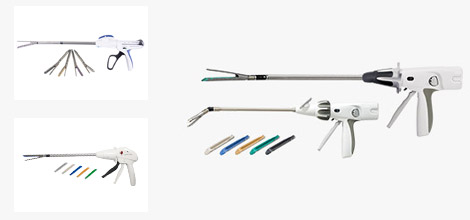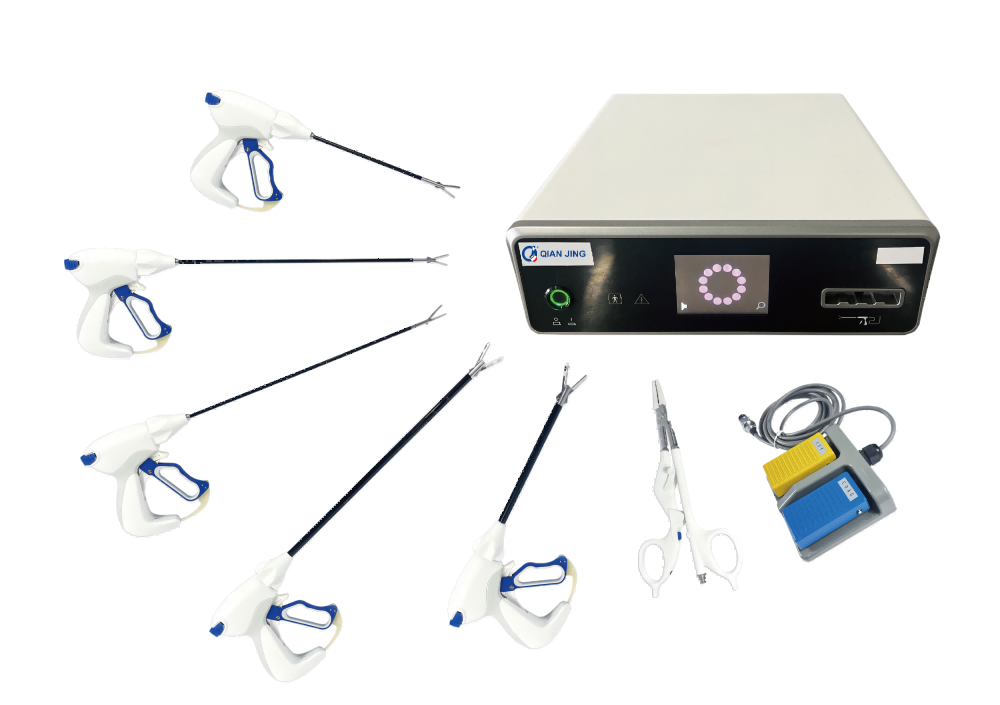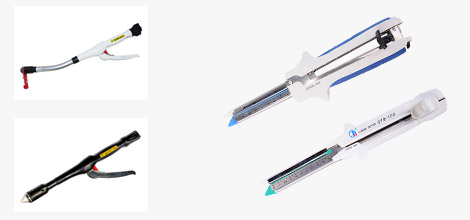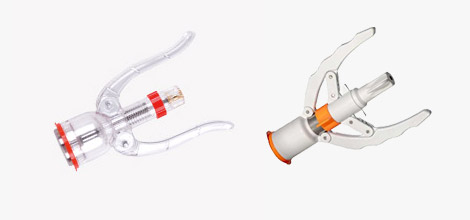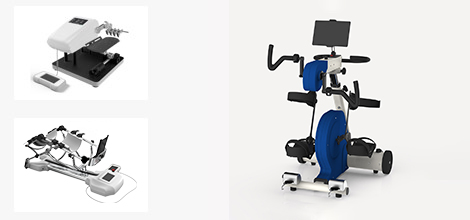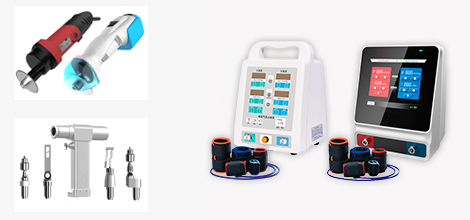Disposable Endoscopic Staplers and Reloads: Advancing Surgical Precision and Efficiency
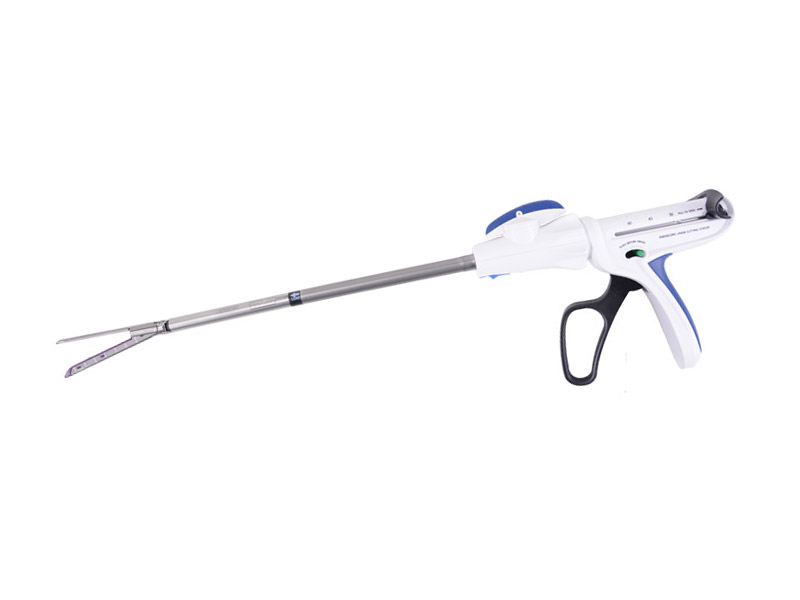
Disposable endoscopic staplers and reloads have revolutionized the field of minimally invasive surgery, providing surgeons with a precise and efficient tool for secure tissue closure. These advanced surgical devices combine the benefits of stapling technology with the convenience and safety of disposable instruments. In this article, we explore the features, benefits, and applications of disposable endoscopic staplers and reloads, highlighting their significant contributions to surgical precision and patient outcomes.
Enhanced Surgical Precision:Disposable endoscopic staplers and reloads are meticulously engineered to deliver exceptional surgical precision. These devices feature advanced mechanisms that ensure precise alignment and formation of staples, resulting in secure tissue closure and hemostasis. The ability to create uniform and consistent staple lines reduces the risk of leaks and complications, promoting better healing and reducing the chance of postoperative complications. With disposable endoscopic staplers, surgeons can achieve greater control and accuracy in complex procedures, contributing to improved surgical outcomes.
Convenience and Safety:The disposable nature of these endoscopic staplers and reloads brings significant advantages in terms of convenience and safety. Each procedure can be performed with a fresh, sterile instrument, eliminating the need for time-consuming cleaning and sterilization processes. This not only streamlines surgical workflow but also reduces the risk of cross-contamination and surgical site infections. Disposable staplers and reloads also eliminate the concerns associated with maintenance and instrument malfunction, allowing surgeons to focus on the surgical task at hand with confidence.
Efficiency and Time Savings:Disposable endoscopic staplers and reloads offer remarkable efficiency and time savings during surgical procedures. Their ergonomic design and intuitive operation make them easy to handle, minimizing the learning curve for surgeons and surgical teams. The integrated reload system enables quick and seamless reloading of staples, ensuring uninterrupted workflow and reducing intraoperative downtime. The efficient deployment of staples with a single instrument eliminates the need for multiple instruments, simplifying the procedure and reducing the overall surgical time.
Versatile Applications:Disposable endoscopic staplers and reloads find applications across various surgical specialties. They are commonly used in gastrointestinal surgeries, such as gastric bypass, colectomy, and gastrectomy, for creating anastomoses and securing tissue layers. In thoracic surgery, these devices facilitate lung resections and bronchial stump closure. Furthermore, they play a crucial role in bariatric surgeries, hernia repairs, and colorectal procedures. The versatility of disposable endoscopic staplers and reloads makes them indispensable tools in modern surgical practice.
Continuous Innovation and Development:The field of disposable endoscopic staplers and reloads is continuously evolving, driven by ongoing research and technological advancements. Manufacturers strive to improve staple formation, enhance instrument ergonomics, and develop new reload options to cater to specific surgical needs. These innovations aim to further enhance surgical precision, reduce complications, and optimize patient outcomes. Surgeons can expect future advancements to bring even greater levels of efficiency, safety, and customization in disposable endoscopic stapling technology.
Disposable endoscopic staplers and reloads have revolutionized surgical practice, offering surgeons an efficient, precise, and safe tool for tissue closure. With their enhanced surgical precision, convenience, and time-saving features, these devices have become essential in a wide range of surgical procedures. As technology continues to advance, disposable endoscopic staplers and reloads will play a pivotal role in advancing surgical precision and improving patient outcomes, driving further innovation and progress in the field of minimally invasive surgery.



 info@qjmed.com
info@qjmed.com